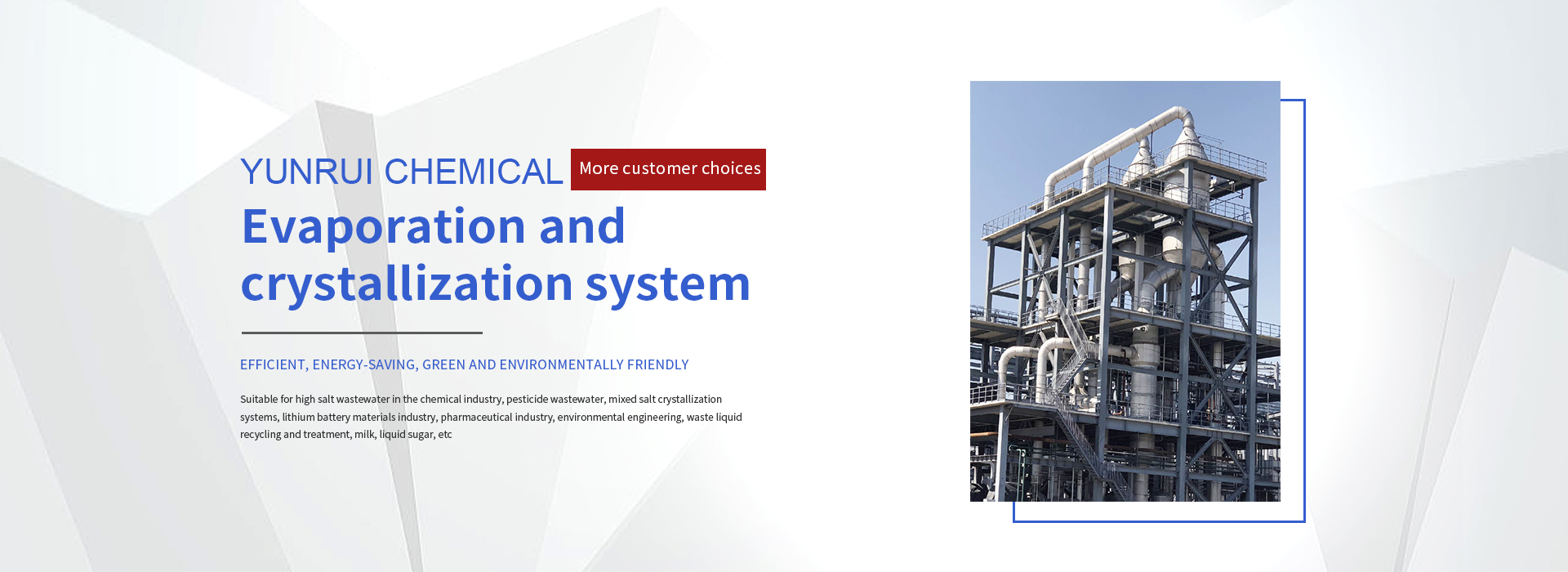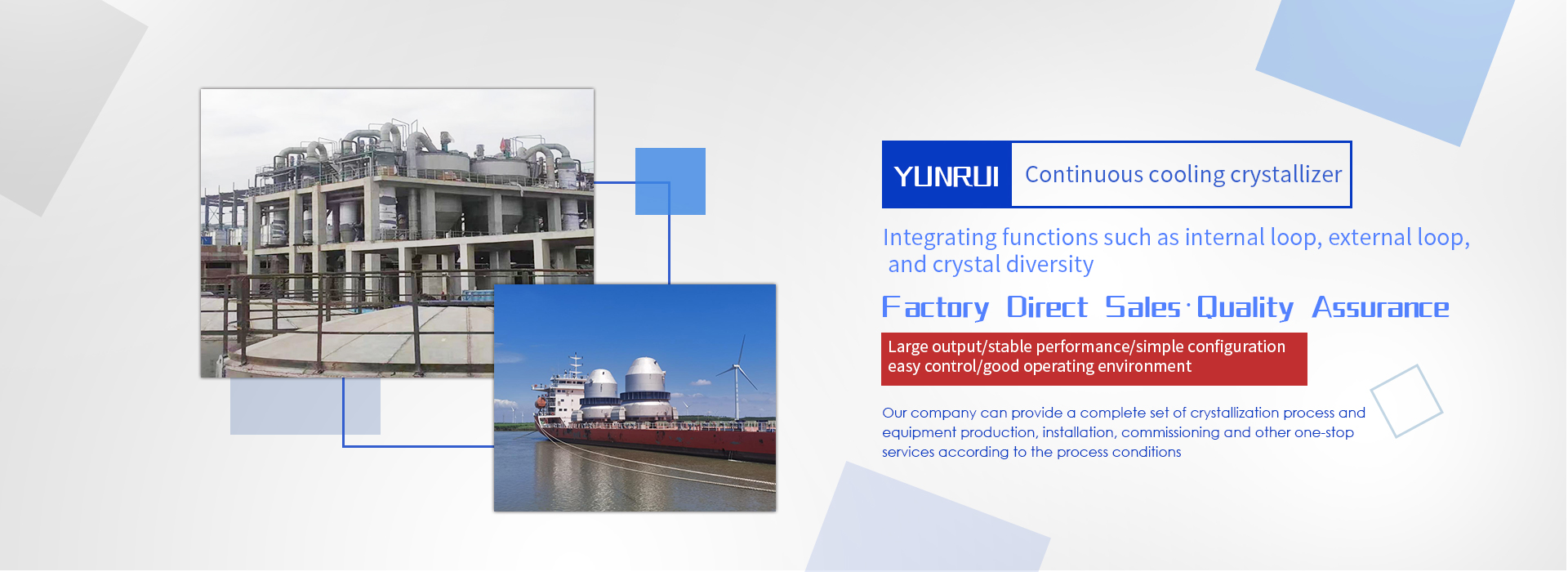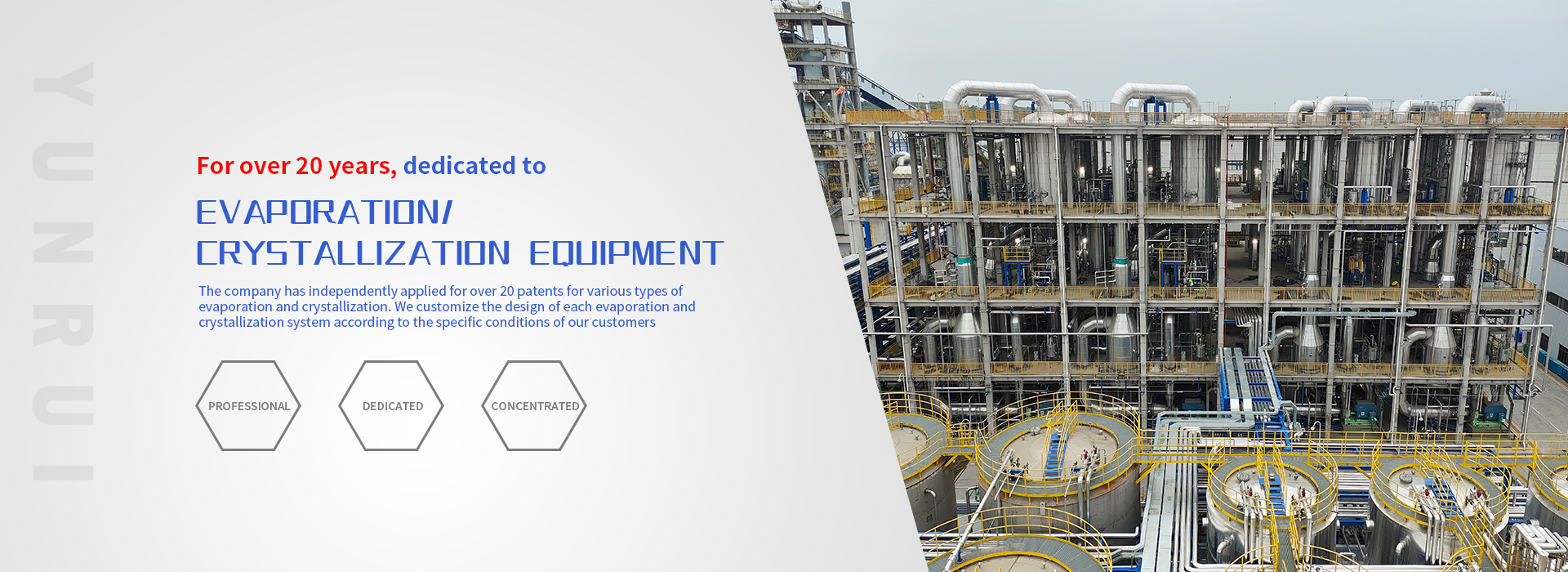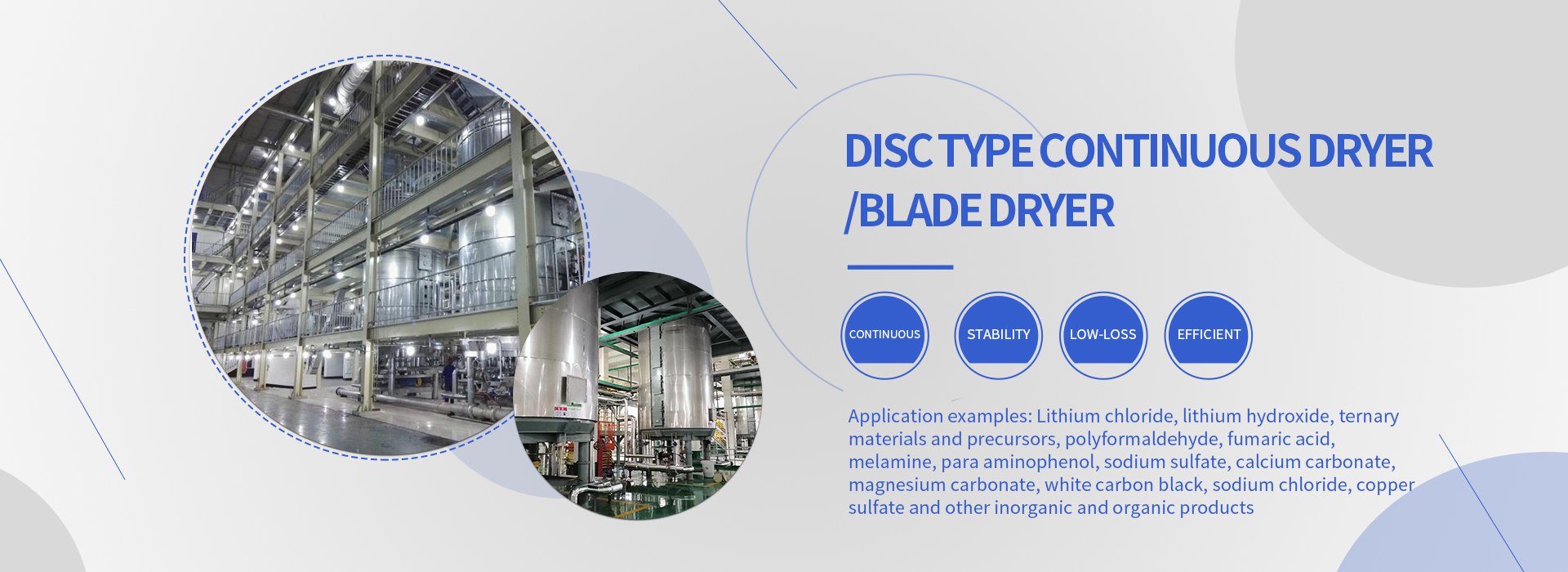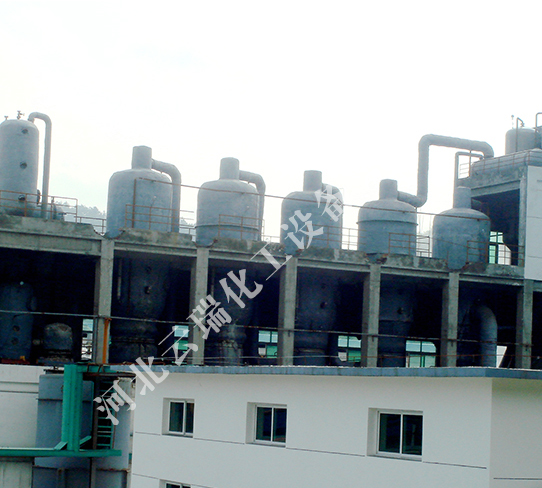There are four production processes for falling film evaporators: parallel flow (parallel flow), reverse flow, mixed flow (cross flow), and parallel flow
Shunshui:
Both aqueous solution and vapor flow into the final effect in the same order. The raw material liquid is pumped into the first effect, and with the help of the pressure difference between each effect, it is automatically injected into the next effect, and the liquid is pumped out from the final effect (usually operated under negative pressure). Because the pressure of the latter effect is low and the melting point of the solution is also relatively low, when the aqueous solution enters the former effect, it will evaporate a part of the water, causing more secondary vapor. Because the content of the latter effect is higher than that of the former effect and the working temperature is lower, the thermal conductivity of the former effect is usually much higher than that of the latter effect. The downstream process is generally suitable for solving heat sensitive materials at high concentrations.
Reverse flow:
The raw materials are pumped from the last effect to the front effect, and the liquid is discharged from the first effect. The material liquid and vapor flow in the opposite direction. It is generally suitable for solving aqueous solutions with large viscosity changes with temperature and concentration values, and it is not easy to solve heat sensitive materials.
Mixed flow:
It is a fusion of forward and reverse flow processes, which combines the advantages of forward and reverse flow to avoid their disadvantages, but the operation is complex and requires a high degree of automatic control.
advection:
Each effect is fed with a liquid and undergoes precipitation of crystals, which can be separated in a timely manner. It is generally used for the volatilization of solubility products.
Hebei Yunrui Chemical Equipment Co., LtdIndustrial evaporation, crystallization, drying, and
tower general contractor
tower general contractor
National Consultation Hotline:0311-68019522
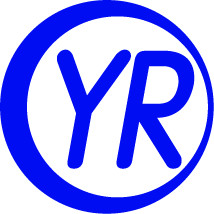
 中文(簡體)
中文(簡體) 